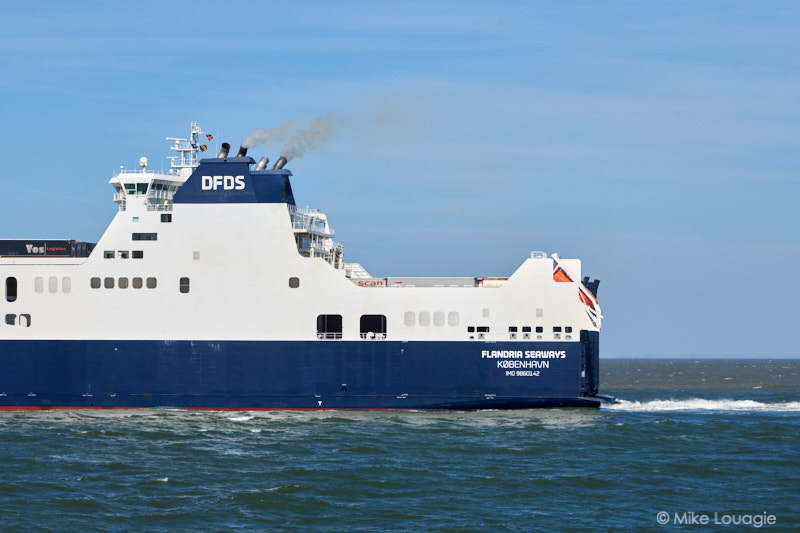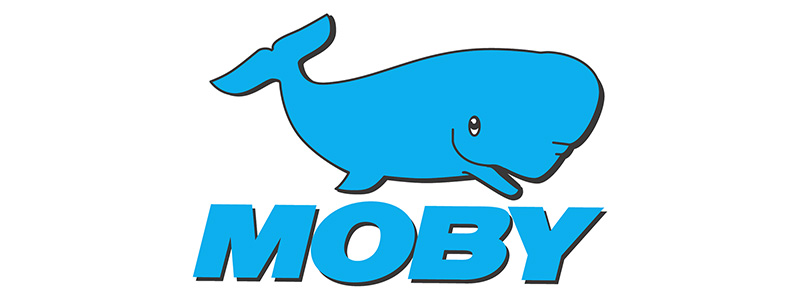- Fast recovery from Brexit transition
- Mediterranean continued its progress
- Passenger services remained restricted
- EBITDA increased 23% to DKK 750m
Outlook 2021
- The EBITDA outlook for 2021 was raised following stronger than expected freight results for most business units.
- Uncertainty remains high and significant changes to outlook assumptions may still occur in the rest of the
Freight
- During Q1 trade between the EU and UK stabilised faster than expected. Earnings in 2021 for UK-linked activities are therefore no longer expected to be below 2020.
- The Mediterranean business unit improved earnings more than expected in Q1 and the positive earnings trend is expected to continue.
- In the Baltic region, freight ferry capacity in the market is still expected to increase compared to 2020.
- Irish Ferries has announced a plan to deploy ropax(es) between Dover and Calais in June 2021.
Passenger
- The EBITDA for passenger services was reduced by around DKK 1bn in 2020 due to travel restrictions imposed to limit the spread of Covid-19. It is assumed that around 25%, compared to previously around 40%, of the decrease in 2020 is regained in 2021 as travel restrictions are now expected to be eased later in The high season for ferry travel is Q3 and the outlook is thus especially sensitive to the scope of restrictions in this quarter.
Revenue outlook
The Group’s revenue is still expected to increase by 20-25% compared to 2020. The main growth drivers are the addition of HSF Logistics Group, the opening of the new route between Ireland and France and an increase in passenger volumes.










